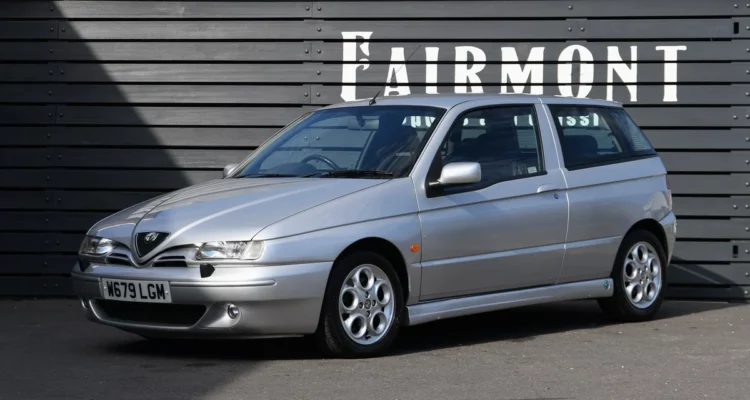Trading Paint – The Origins of the BTCC
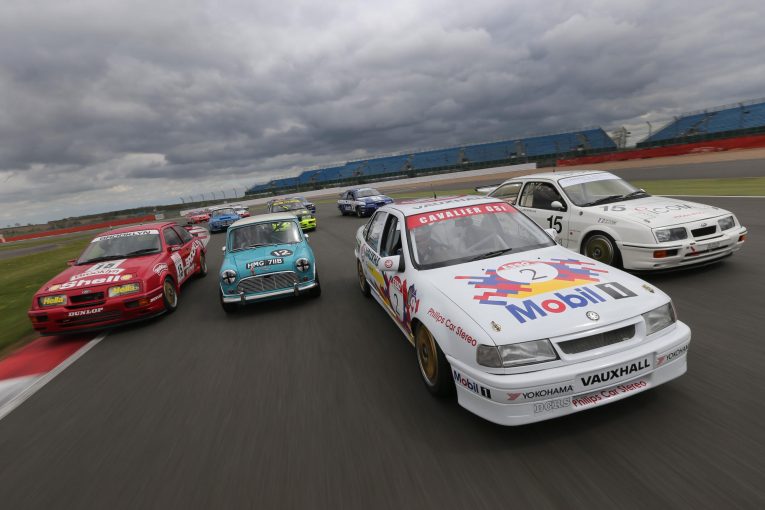
The idea of watching souped-up, race versions of our daily drivers compete head-to-head at local British tracks is an appealing and enduring concept that is ostensibly what drew people to this particular brand of racing in the first place. It’s all well and good watching Formula 1 cars tear it up at myriad international circuits, machines that are on the bleeding edge of motorsport engineering, but they are so far removed from the cars we see on the road today that there isn’t that immediate, recognisable connection. You obviously won’t see a McLaren MCL34 F1 car in your neighbour’s driveway but there will almost certainly be a Ford Focus or Honda Civic parked down your street, perhaps even in your own garage and that’s what is so entrancing about the BTCC. Don’t get me wrong, F1 has its place and we love all forms of motorsport here at Car & Classic but there’s something truly special about Touring Cars and the manufacturers know this too. It was, and still is, the perfect opportunity to showcase their latest models, albeit in racing form, and that level of exposure cannot be overlooked.
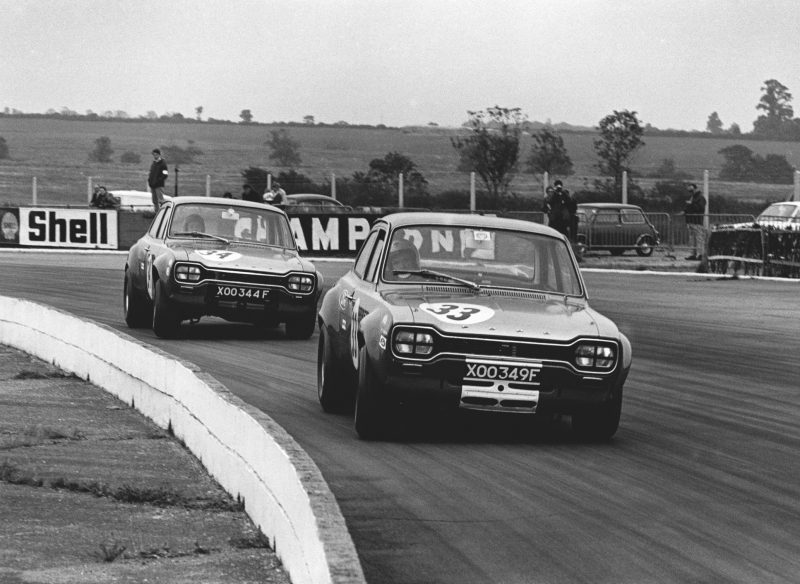
With its inaugural season beginning in 1958 the British Touring Car Championship, known then as the British Saloon Car Championship, has a lengthy and proud heritage. At that time the country was still convalescing from the post-war period and although there was sporadic saloon car racing, there was no dedicated, organised championship in which car manufacturers could show off their new models. Enter Ken Gregory. Somewhat of a legend in British motorsport, Ken is the man credited with the idea of a national saloon car championship and the genesis of the BTCC. Director at Brands Hatch and personal manager to Sir Stirling Moss, not only was he the secretary of the British Racing & Sports Car Club, one of the major organisers of motorsport events in the United Kingdom, he also saw the potential for a specific series to fill this particular gap in the British motor racing calendar. He managed to convince the BRSCC to begin running a distinct championship for the current crop of production cars to compete in, head-to-head and as a result of his efforts a fledgling Touring Car Championship was born.
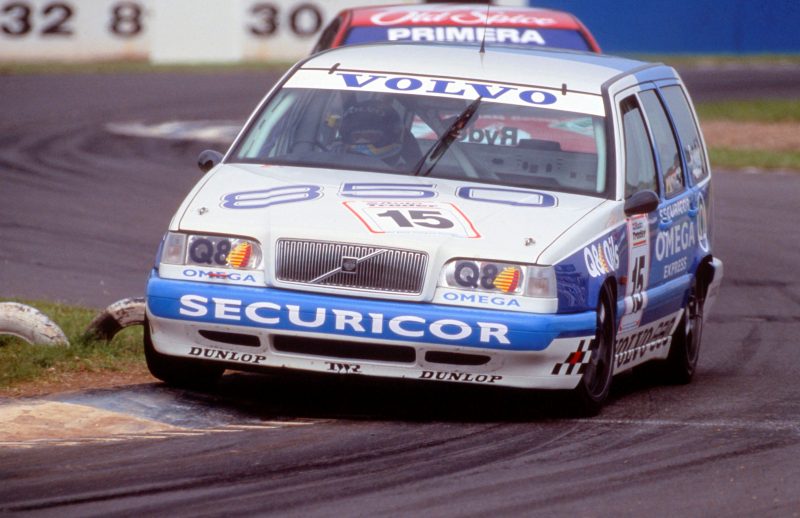
Initially there were four classes, divided by engine capacity, consisting of the following groups: Up to 1200cc, 1201-1600cc, 1601-2700cc and 2701cc and above, with all cars racing simultaneously on track – a class system that would withstand until the early nineties. Running concurrently with their other race divisions of the time, including the popular 500cc and Formula 3 competitions, the BRSCC revised its rules to suit the current batch of production cars, a process that has endured to this day, with specifications and regulations being constantly tweaked to match production trends. The cars that were racing back then were all remarkably close to showroom spec and tuning was an incredibly simple affair compared to today but with Austin A35s racing alongside Volvo Amazons and Ford Zephyrs it was quite the spectacle and immediately captured the imagination of motor racing fans nationwide.
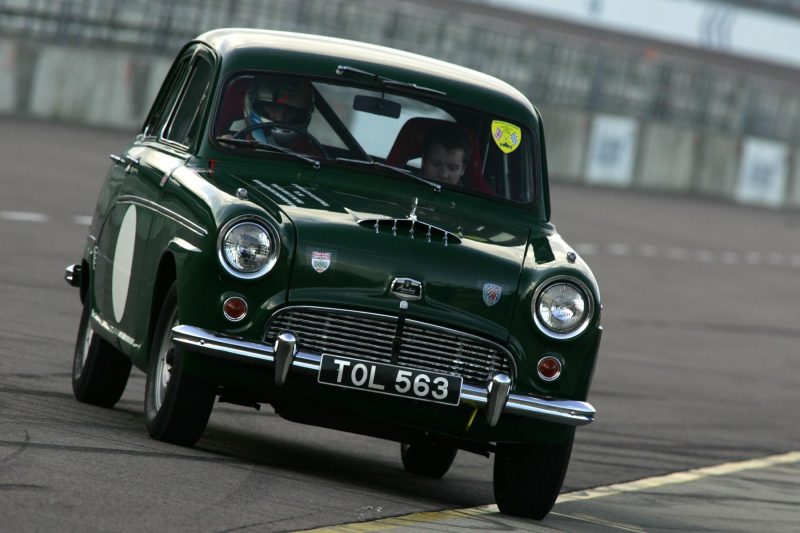
The early sixties saw the adoption of the European Touring Car FIA Group 2 rules meaning greater support and development from manufacturers, which in turn led to the homologation principle that a minimum number of vehicles had to be made available for purchase, further cementing the saloon championship in the hearts and minds of the public. After a spell of wins for the humble Mini it was around this time that the Americans began to dominate with the introduction of the V8 muscle cars such as the Ford Galaxie and Chevrolet Camaro and it was up to Jim Clark in his now famous Lotus Cortina to keep the flag flying for the Brits. He wasn’t the only F1 hero racing in the Saloon Car Championship however. Many other Formula 1 drivers could often be seen competing in between their other racing commitments. Yet another string to the bow of this captivating series.
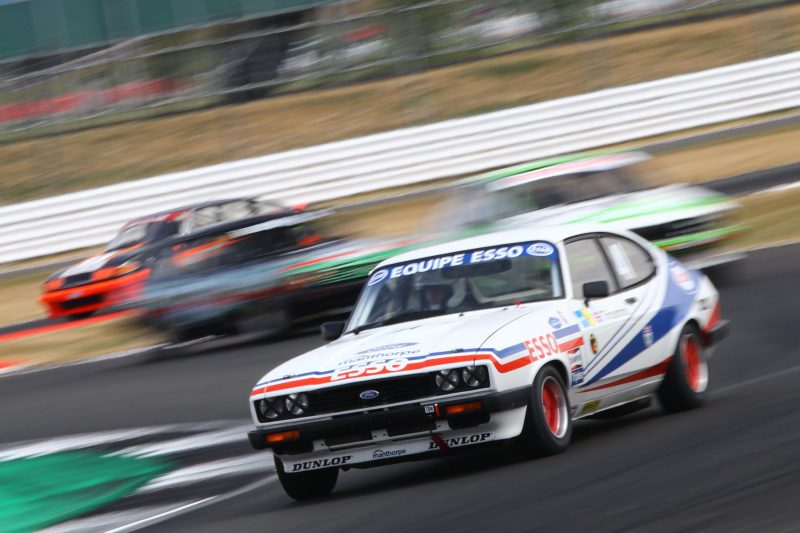
Further rule changes were implemented in 1966 with the introduction of the FIA Group 5 regulations which allowed much greater scope for engine tuning and performance modifications while the “silhouette” of the vehicles had to be more strictly retained meaning that the cars were required to be instantly recognisable as their respective production counterparts. The BTCC was evolving – the cars were becoming faster and the championship, as well as the fans, were benefiting as a result. Further rule changes over the coming years saw the demise of the big V8s as they were no longer eligible for racing and this made way for the class winning Ford Capris and Rover Vitesses. The 1980s saw an influx of Japanese marques as manufacturers like Toyota and Mazda were keen to get in on the action having seen the value and level of exposure that the championship could offer and it was in 1987 that the official moniker was changed to the British Touring Car Championship. By this point it was Ford who were beginning to dominate with their Sierra Cosworths at a time when increased television coverage was bringing the championship to a much larger audience.
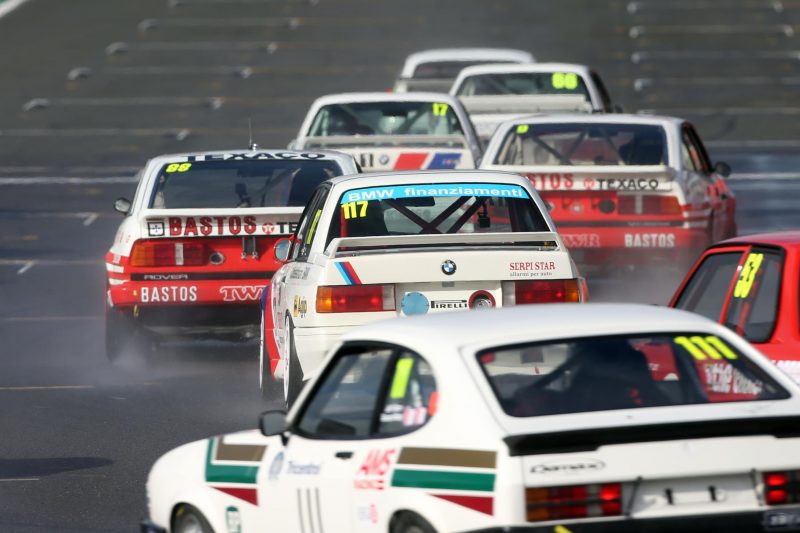
The nineties ushered in a new boom era for the sport with the dissolution of the multi-class system. The BTCC now consisted of a single, 2-litre class which was aggressively marketed by TOCA, the motorsport management company fronted by Alan Gow that had taken on the organisation and administration duties of the BTCC. With big names competing, both in terms of manufacturers and drivers, as well as further television exposure, the BTCC had become incredibly popular and the 1990s are widely regarded as the hey-day of British Touring Cars.
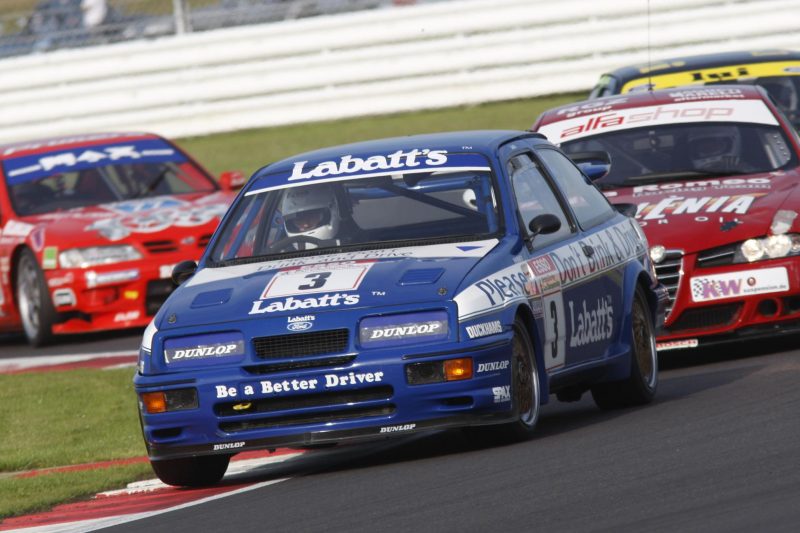
By the turn of the 21st century however, the cost of competing in the championship had become somewhat prohibitive and so new “BTC Touring”procedures were brought in to cut costs. Further changes were implemented in 2007 and the BTCC had now adopted the FIA Super 2000 power train designation which provided a specific, updated mechanical blueprint for all cars competing in the championship, as well as making it easier for privateer teams to compete alongside the big manufacturers. In 2011, the rules were amended once more and the Next Generation Touring Car specifications were laid out, again to try to reduce the ever-increasing costs of running the now under-performing S2000 cars and to reduce the performance disparity between all vehicles competing in the championship by emphasising the use of common components. These rules are still in use today and only NGTC spec cars running 2-litre, turbo-charged engines are eligible for competition.
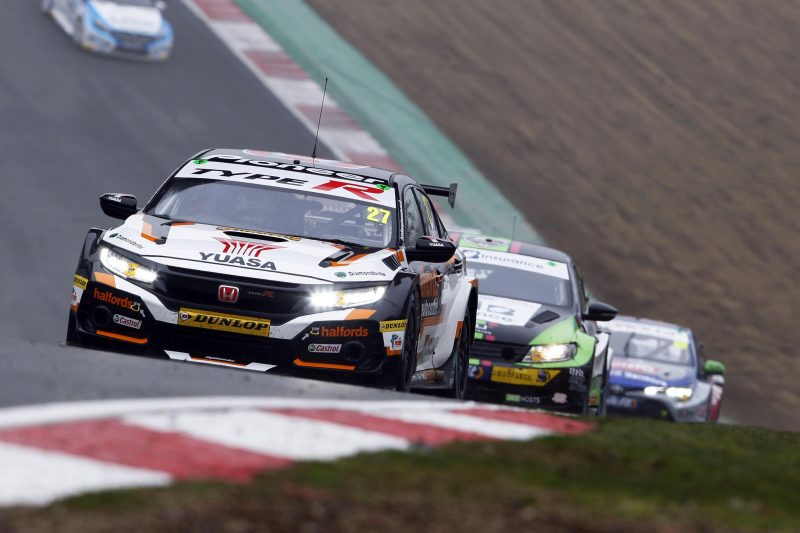
The BTCC has consistently evolved to keep up with current production trends, prevent prohibitive cost barriers (which in turn allows privateer racers to compete effectively) and also to maintain an even playing field for all of the teams and cars involved. It’s these constant tweaks of the rules and regulations that keep this particular brand of motorsport such a closely contested, visceral, incredibly popular and exciting spectacle, which continues to excite and enthral.

